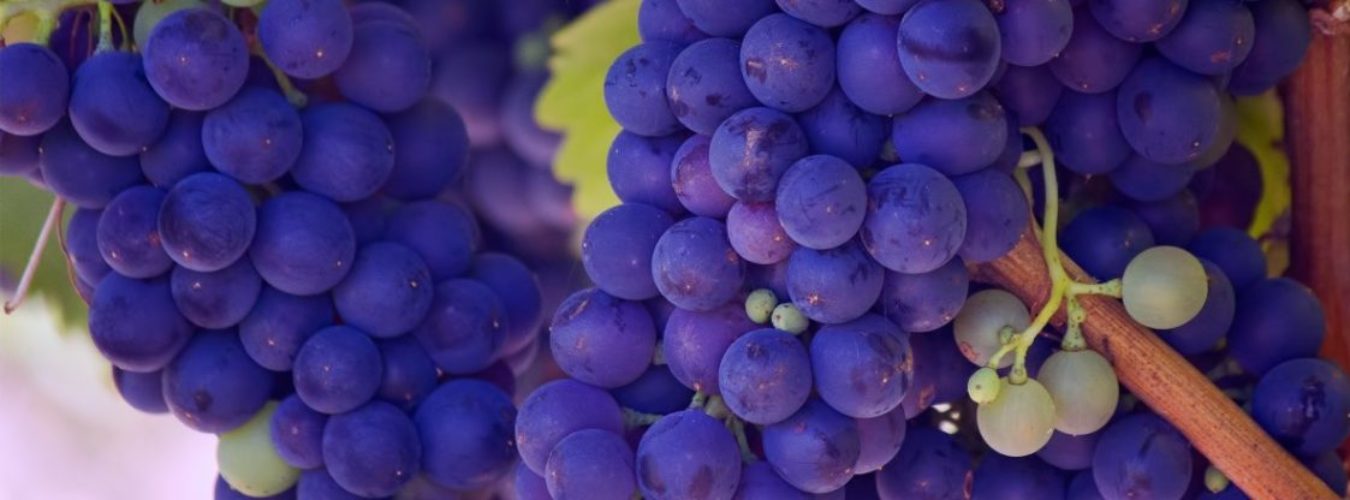THE WINE OF THE WEEK
The Beaujolais Nouveau
The third Thursday in November is a date that is expected with joy. In bars, cafes and bistros of Paris is announced the emergence of the new wine Beaujolais, Beaujolais Primeur or Beaujolais Nouveau.
Before, it was only expected in Lyon, the neighboring town to the vineyards of the region, but now Amsterdam, Brussels, Frankfurt, Paris and New York also want to enjoy this wine that, like the Heuriger of Vienna, means new life, joy, youth and experience.
Everyone is pending in the region to buy the wine, just out of the cellar, and take it to different cities. There are aircrafts ready to take it to London and New York. In Mexico it arrives a few days later, but it is also preferred to drink it as young as possible. Just a few weeks before the wine was matured vineyard grapes.
The fermentation is rapid, usually by the method of “carbonic maceration” and is not aged in barrel and in bottle.
For this reason it should be consumed soon, within the first six months, so that it doesn’t age. Furthermore, it should be taken cool; you can put it in a bucket of ice and water 15 minutes. It is a wine that is made for drinking, not for taking it in SIPs. It is the best wine to take in a meal, outdoors.
In addition to this Beaujolais Nouveau there are other wines which are also called Beaujolais. The 9000 hectares to the South of Villafranca produce common Beaujolais. The Beaujolais-Villages is produced North of Villafranca, a region of rolling hills, and it is a better wine than the previous. Its 6000 hectares of vineyards are adjacent and sometimes surround the ten best vineyards in the region, the so-called Crus of Beaujolais that together add a surface of 5000 hectares.
In this place the vineyards take over the landscape. Sandy or stony, soils with granite base and without lime, give the Gamay strain a roundness and depth of flavor that does not exist in any other part. The minimum volume of alcohol that must have these wines is 10 degrees, but if they are sold with the name of a vineyard, the minimum requirement is one degree more.
The secret of the fruity freshness of the Beaujolais lies in the way that the Gamay grape is handled and ferments. The “Carbonic maceration” method is to fill a tub with whole clusters of grapes, with their stalks, fermentation without crushing or damaging. In the interior of the grapes occurs a fermentation due to their own enzymes, not by the yeast adhered to the outside of the skin. The weight of the grapes above crushes the grapes that are below and then starts a normal fermentation with its natural yeast. The carbon dioxide produced prevents the passage of air from the upper layers not crushed. The grapes feed themselves, opening up many of them in the process. Seven days the tub is filled with wine up to a third of its capacity. Then the liquid is extracted and press the solid part, then mixing the two products. In this phase the wort even contains sugar that is not fermented, which gives the sweet and fruity wine. This procedure results in wines of dark color, with aromas of banana, light and without tannins.
The ten crus de Beaujolais are regarded as the best wines of the region. Some of them no longer have the characteristics of common wine. For example, the Moulin-à-Vent is a firm, meaty, wine developed a similar to the Burgundy bouquet. This wine is aged in small oak barrels to reinforce the structure that allows their conservation. It can live 5 or 6 years and is a good companion of strong cheeses. It is the less beaujolais of the beaujolais. The Brouilly and the Côtes de Brouilly are also vigorous wines with an intense aroma and well preserved in a bottle. The Chenas is spicy and has a very small production and the Chiroubles is a more balanced and expensive wine. The Morgon is the most long-lived and corpulent of the area, like the Julienas required to age two years before taking it. The Regnie is the latest of the major crus, which had traditionally been nine; This is the 10th URC. Finally, the most delicate are the Fleurie, with aroma of violets, and Saint-Amour, very suggestive name, the Chiroubles–like delicacy and sweetness.
The Beaujolais is within the reach of anyone. It is not an expensive wine and is very easy to take. It accompanies almost any food. It is the wine of battle in the bistros of France. It is not a wine that should be kept, unless it is one of the ten great cru.
If you purchase a bottle, be aware that its from the year‘s harvest, if it’s Beaujolais Nouveau its better if its from a recent harvest; and not more than three years, if it is any other Beaujolais.
Beaujolais Nouveau

